The annual risk of being killed in a plane crash for the average American is about 1 in 11 million On that basis, the risk looks pretty small Compare that, for example, to the annual riskIn the endocarditis example, the risk (or odds) of dying if treated with the new drug is relative to the risk (odds) of dying if treated with the standard treatment antibiotic protocol Relative risk assessment statistics are particularly suited to diagnostic and treatment decisionmaking and will be addressed in a future paper In the final quarterfinal match of Euro , England takes on Ukraine Saturday at 3 pm ET at Stadio Olimpico in Rome, Italy Below, we preview the Ukraine vs England odds and lines and make our best Euro bets, picks and predictions England knocked off Germany in a strong showing in the Round of 16 Winger Raheem Sterling was excellent alongside F Harry Kane

Against All Odds How To Visualise Odds Ratios To Non Expert Audiences Henry Lau
Who has better odds in risk
Who has better odds in risk-How to find probability and odds and the difference between the two We also discuss experimental probablility, theoretical probability, odds in favor, and Converting Odds to Probability Simply add the 2 components of the odds together to make a new denominator, and use the old numerator eg If the odds are 35, or 3 to 5, the probability is 3 ÷ (35) = 3/8 = 375% Converting Probability to Odds Take the probability, and divide it by its compliment = (1itself) eg




A Beginner S Guide To Interpreting Odds Ratios Confidence Intervals And P Values Students 4 Best Evidence
"Odds" and "Risk" are the most common terms which are used as measures of association between variables In this article, which is the fourth in the series of common pitfalls in statistical analysis, we explain the meaning of risk and odds and the difference between the two Risk Ratio vs Odds Ratio Whereas RR can be interpreted in a straightforward way, OR can not A RR of 3 means the risk of an outcome is increased threefold A RR of 05 means the risk is cut in half But an OR of 3 doesn't mean the risk is threefold;The odds ratio can also be used to determine whether a particular exposure is a risk factor for a particular outcome, and to compare the magnitude of various risk factors for that outcome OR=1 Exposure does not affect odds of outcome OR>1 Exposure associated with higher odds of outcome OR
The basic difference is that the odds ratio is a ratio of two odds (yep, it's that obvious) whereas the relative risk is a ratio of two probabilities (The relative risk is also called the risk ratio) Let's look at an example Relative Risk/Risk Ratio Suppose you have a school that wants to test out a new tutoring programOdds The National Safety Council compiled an oddsofdying table for 08, which further illustrates the relative risks of flying and driving safety It calculated the odds of dying in a motorRelative Risk, Odds, and Fisher's exact test I) Relative Risk A) Simply, relative risk is the ratio of p 1/p 2 For instance, suppose we wanted to take another look at our Seat belt safety data from Florida Safety equipment Injury in use Fatal Nonfatal Total None 1,601 165,527 167,128 Seat belt 510 412,368 412,878
Risk vs odds The terms 'risk' and 'odds' are often used interchangeably but they actually have quite different implications and are calculated in different ways Odds is a concept that is very familiar to gamblers It is a ratio of probability that a particular event will occur and can be any number between zero and infinity A crude odds ratio can be converted to a crude risk ratio risk ratio = odds ratio/(1 − p0) (p0 × odds ratio), in which p0 is the outcome prevalence (risk) among the unexposed Some have applied this formula to an adjusted odds ratio to obtain an adjusted risk ratio 49 This method can produce biased risk ratios and incorrect confidenceRelative Risk and Odds Ratio Calculator This Relative Risk and Odds Ratio calculator allows you to determine the comparative risk of the occurrence of a significant event (or outcome) for two groups For example, suppose the members of one group each eat a kilo of cheese every day, and the members of another group eat no cheese, and you have




Odds Ratios Versus Relative Risk




Bi Practice Page 4 A Journey Of A Thousand Miles Begins With The First Step
Englishwise, they are correct it is the odds and the odds are based on a ratio calculation It is not , however, the odds ratio that is talked about when results are reported The odds ratio when results are reported refers to the ratio of two odds or, if you prefer, the ratio of two odds ratios Odds of dying estimates assume that mortality trends change slowly over time with changes of only a few percentage points from year to year Currently, COVID19 trends are changing too rapidly to confidently anticipate future risk levels Visit the Injury Facts COVID19 page to track realtime data in the United States COVID19 Probability is a branch of mathematics, which includes odds One can measure chance, with the help of odds or probability While odds are a ratio of occurrence to nonoccurrence, the probability is the ratio of occurrence to the whole




Relative Risk And Absolute Risk Definition And Examples Statistics How To




A Beginner S Guide To Interpreting Odds Ratios Confidence Intervals And P Values Students 4 Best Evidence
Statistics — Probability vs Odds 📅 Probability and odds are two basic statistic terms to describe the likeliness that an event will occur They are often used interchangeably in causal conversation or even in published material However, they are not mathematically equivalent because they are looking at likeliness in For most people currently being offered the OxfordAstraZeneca vaccine, the benefits clearly outweigh the risks But the UK's Joint Committee on Vaccination and Immunisation (JCVI) has recommendedAbout Press Copyright Contact us Creators Advertise Developers Terms Privacy Policy & Safety How works Test new features Press Copyright Contact us Creators




Tutorial About Hazard Ratios Students 4 Best Evidence
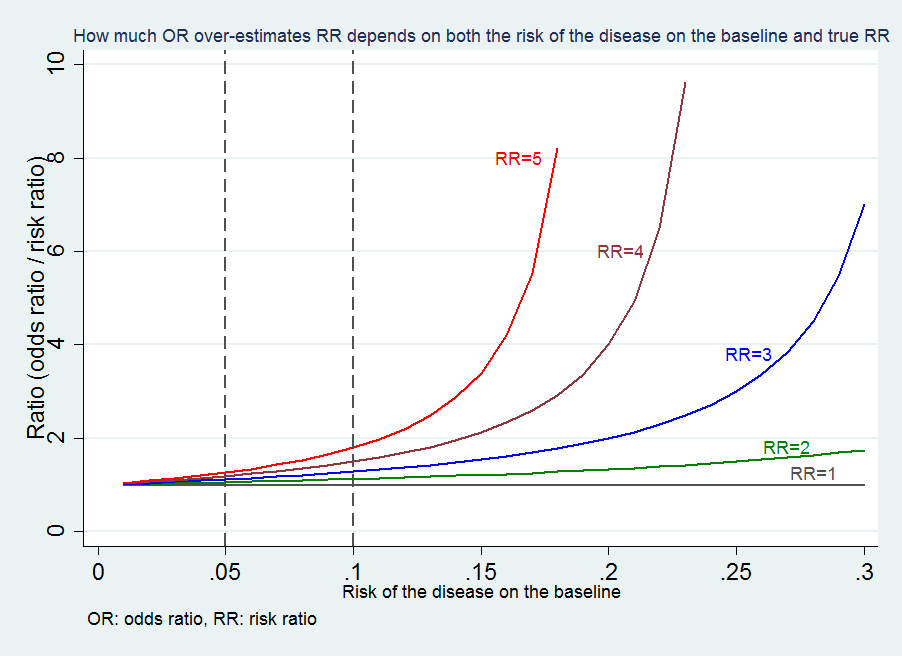



Medical Statistics And Data Science Statistics
The probability that an event will occur is the fraction of times you expect to see that event in many trials Probabilities always range between 0 and 1 The odds are defined as the probability that the event will occur divided by the probability that the event will not occur If the probability of an event occurring is Y, then the probability of the event not occurring is 1Y Use the data in Table 315 to calculate the risk and odds ratios Risk ratio 50 ⁄ 10 = 50 Odds ratio Notice that the odds ratio of 52 is close to the risk ratio of 50 That is one of the attractive features of the odds ratio — when the health outcome is uncommon, the odds ratio provides a reasonable approximation of the risk ratio Odds ratio vs relative risk Odds ratios and relative risks are interpreted in much the same way and if and are much less than and then the odds ratio will be almost the same as the relative risk In some sense the relative risk is a more intuitive measure of effect size Note that the choice is only for prospective studies were the distinction
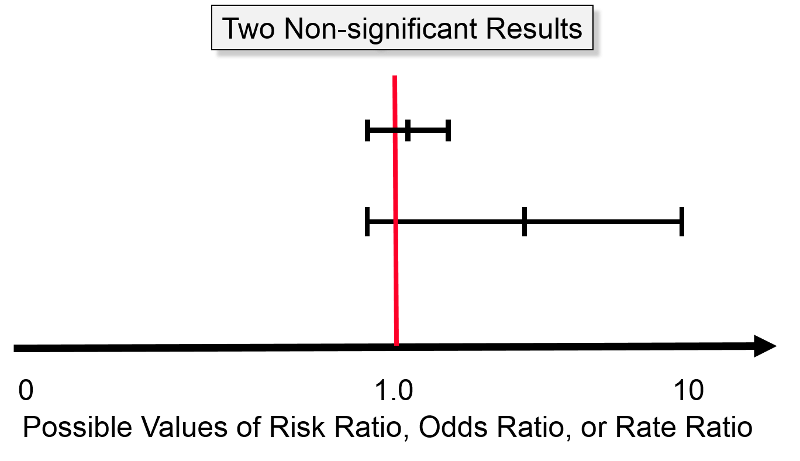



Confidence Intervals And P Values
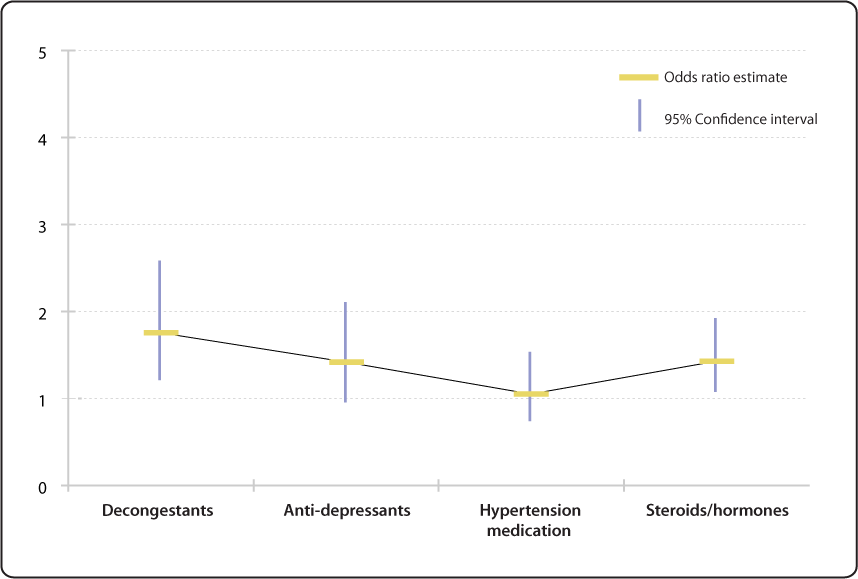



Relative Risk Odds Ratio Estimate With 95 Confidence Intervals For People To 66 Years Of Age With Current Medication Use Ever Having Voice Problems Or Disorders Nidcd
The relative risk is best estimated using a population sample, but if the rare disease assumption holds, the odds ratio is a good approximation to the relative risk — the odds is p / (1 − p), so when p moves towards zero, 1 − p moves towards 1, meaning that the odds approaches the risk, and the odds ratio approaches the relative risk Risk ratios, odds ratios, and hazard ratios are three common, but often misused, statistical measures in clinical research In this paper, the authors dissect what each of these terms define, and provide examples from the medical literature to illustrate each of these statistical measures Finally, the correct and incorrect methods to use these measures are summarizedPretend there is a drawing with one winner and 10,000 people entered The odds of winning are 1/9,999 () and the probability of winning is 1/10,000 () In this case, odds and probability are essentially identical Relative Risk (RR) & Odds Ratio (OR)



Q Tbn And9gcq5tpzikqe8jiy9iqzxyqcbaqndofe8d2iabvvrkarpadvgvm8o Usqp Cau




The Binomial Applied Absolute And Relative Risks Chisquare
Calculation of probability (risk) vs odds In statistics, odds are an expression of relative probabilities, generally quoted as the odds in favor The odds (in favor) of an event or a proposition is the ratio of the probability that the event will happen toOdds ratios (OR) are commonly reported in the medical literature as the measure of association between exposure and outcome However, it is relative risk that people more intuitively understand as a measure of association Relative risk can be directly determined in a cohort study by calculating a risk ratio (RR)Odds ratio and relative risk are two measures used to describe the likelihood of an event happening The odds ratio is defined as the ratio of the odds of an event or disease occurring in one group to the odds occurring in another group
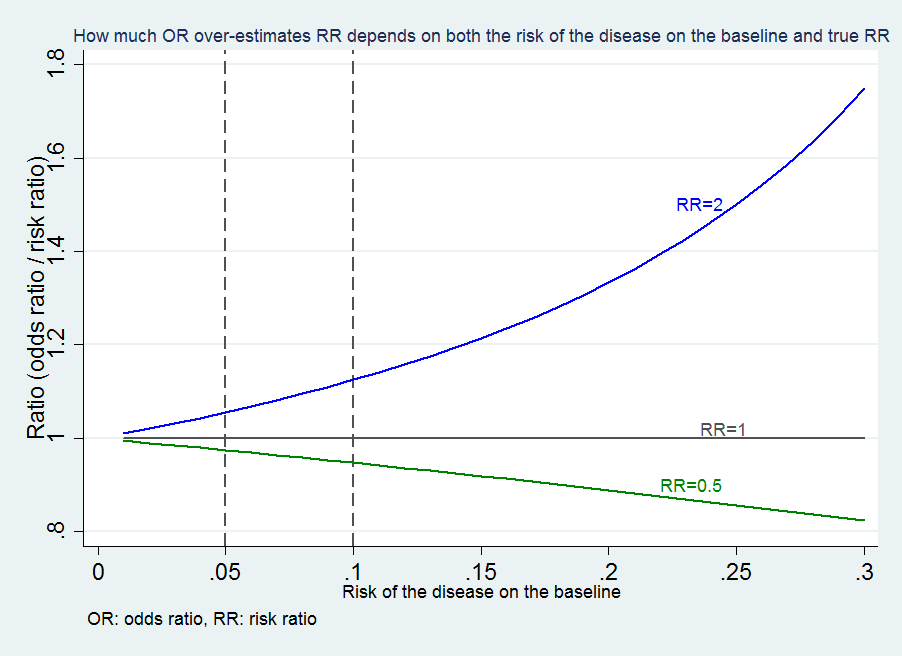



Medical Statistics And Data Science Statistics
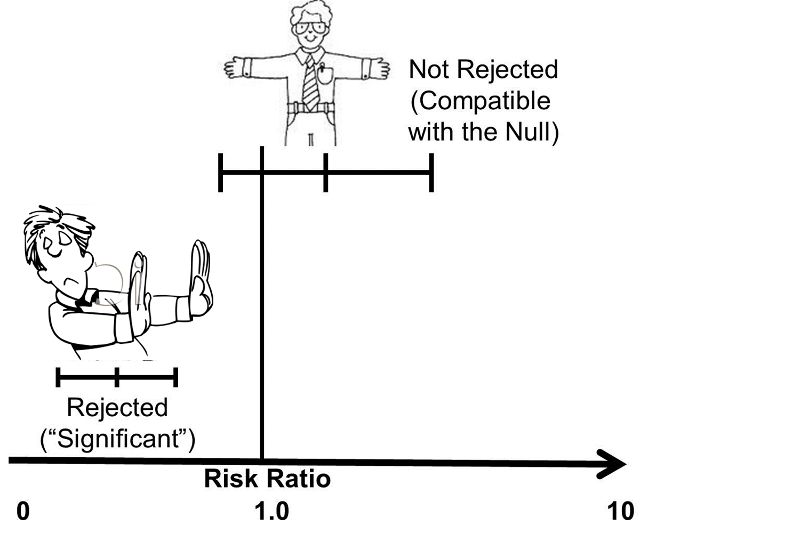



Confidence Intervals And P Values
Younger People Are at the Highest Risk of Sexual Violence Ages 1234 are the highest risk years for rape and sexual assault 3 Those age 65 and older are 92% less likely than 1224 year olds to be a victim of rape or sexual assault, and % less likely than 2549 year olds 4 Read more statistics about about child sexual abuse Equal odds are 1 1 success for every 1 failure 11 Equal probabilities are 5 1 success for every 2 trials Odds can range from 0 to infinity Odds greater than 1 indicates success is more likely than failure Odds less than 1 indicates failure is more likely than success Probability can range from 0 to 1Odds ratios, are frequently presented in research articles Not all readers know how these statistics are derived and interpreted, nor are all readers aware of their strengths and limitations This article examines several measures, including absolute risk, attributable risk, attributable risk percent, population attributable risk percent,




Statistics For Afp Dr Mohammad A Fallaha Afp
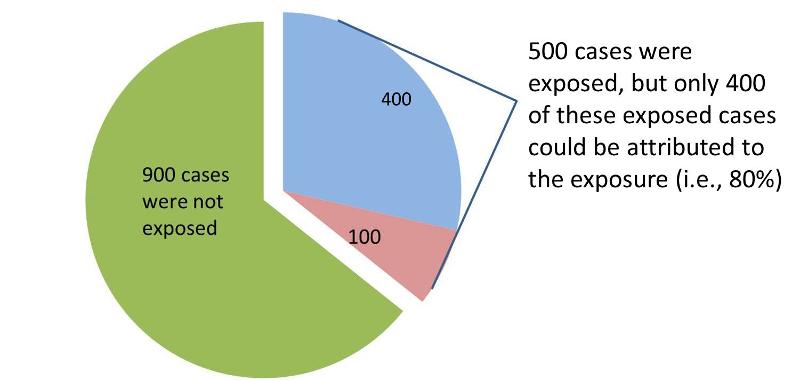



Measures Of Association
Odds are derived from a probability as follows (Boston University) If the probability of an event is 08 (ie an 80% chance), then the odds are 08 / (1 08) = 08 / 02 = 4, or 4 to 1 The following picture clarifies the difference between probability and odds, using an American roulette wheel with 18 black spaces, 18 red spaces, and 2 Odds Ratio (OR) is a measure associations between exposure (risk factors) and the incidence of disease;9221 Risk and odds In general conversation the terms 'risk' and 'odds' are used interchangeably (as are the terms 'chance', 'probability' and 'likelihood') as if they describe the same quantity In statistics, however, risk and odds have particular meanings and are calculated in different ways When the difference




Pdf Statistical Notes For Clinical Researchers Risk Difference Risk Ratio And Odds Ratio




Definition And Calculation Of Odds Ratio Relative Risk Stomp On Step1
Calculated from the incidence of the disease in at risk groups (exposed to risk factors) compared to the incidence of the disease in nonrisk group (not exposed to a risk factor)2) Calculate the odds of exposure in cases and noncases 3) Calculate the odds ratio using the crossproduct ratio 4) How does the difference between the two prevalences of breast cancer (75% vs 25%) compare to the odds ratio?An odds ratio (OR) is a measure of association between an exposure and an outcome The OR represents the odds that an outcome will occur given a particular exposure, compared to the odds of the outcome occurring in the absence of that exposure odds are different to probability — odds is the ratio of the probability that the event of interest




Odds Ratios And Risk Ratios Youtube




How To Calculate Odds Ratio And Relative Risk In Excel Statology
Odds ratios frequently are used to present strength of association between risk factors and outcomes in the clinical literature Odds and odds ratios are related to the probability of a binary outcome (an outcome that is either present or absent, such as mortality) A risk or odds ratio = 1 indicates no difference between the groups A risk or odds ratio > 1 indicates a heightened probability of the outcome in the treatment group The two metrics track each other, but are not equal An example with a control group and a therapy treatment group Odds ratio (OR) and risk ratio (RR) are two commonly used measures of association reported in research studies In crosssectional studies, the odds ratio is also referred to as the prevalence odds ratio (POR) when prevalent cases are included, and, instead of the RR, the prevalence ratio (PR) is calculated




Tutorial About Hazard Ratios Students 4 Best Evidence




Statistics Part 13 Measuring Association Between Categorical Data Relative Risk Odds Ratio Attributable Risk Logistic Regression Data Lab Bangladesh
HIV Risk Behaviors The risk of getting HIV varies widely depending on the type of exposure or behavior (such as sharing needles or having sex without a condom) Some exposures to HIV carry a much higher risk of transmission than other exposures For some exposures, while transmission is biologically possible, the risk is so low that it is notThe more common the disease, the larger is the gap between odds ratio and relative risk In our example above, p wine and p no_wine were 0009 and 0012 respectively, so the odds ratio was a good approximation of the relative risk OR = 0752 and RR = 075 If the risks were 08 and 09, the odds ratio and relative risk will be 2 very different1) 2) The odds of exposure in case group a/c = 75/25 = 3 control group b/d = 25/75 = 1/3




Solved Look At Slide 25 In The Descriptive And Inferent Chegg Com
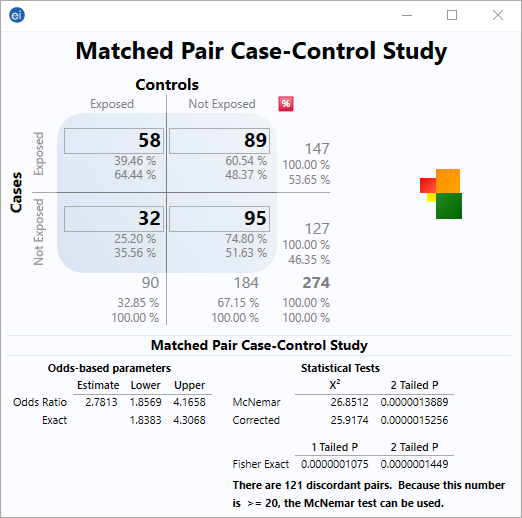



Matched Pair Case Control Statcalc User Guide Support Epi Info Cdc
The odds ratio looks at the odds of being in a particular treatment group given that you had the disease So, in this example, those who improved were 3 times more likely to have received the new treatment than the control treatment Note The odds ratio and relative risk are similar if the total sample is large and the vente is rareRather the odds is threefold greater Interpretation of an OR must be in terms of odds, notOdds Ratio (OR) measures the association between an outcome and a treatment/exposure Or in other words, a comparison of an outcome given two different groups (exposure vs absence of exposure) OR is a comparison of two odds the odds of an outcome occurring given a treatment compared to the odds of the outcome occurring without the treatment




Relative Risks And Odds Ratios What S The Difference Mdedge Family Medicine




Odds Ratio Wikipedia




Understanding Systematic Reviews And Meta Analysis Archives Of Disease In Childhood




Odds Ratio Http Www Slideshare Net Terryshaneyfelt7 What Does An Odds Ratio Or Relative Risk Mean Research Methods Academic Research Statistics Math




A Odds Ratio With Corresponding 95 Confidence Intervals For Download Scientific Diagram




A Beginner S Guide To Interpreting Odds Ratios Confidence Intervals And P Values Students 4 Best Evidence




Medical Statistics Ix Bias Relative Risk And Odds Ratio Youtube




Pdf What S The Risk Differentiating Risk Ratios Odds Ratios And Hazard Ratios




Calculate Relative Risk With 95 Confidence Intervals
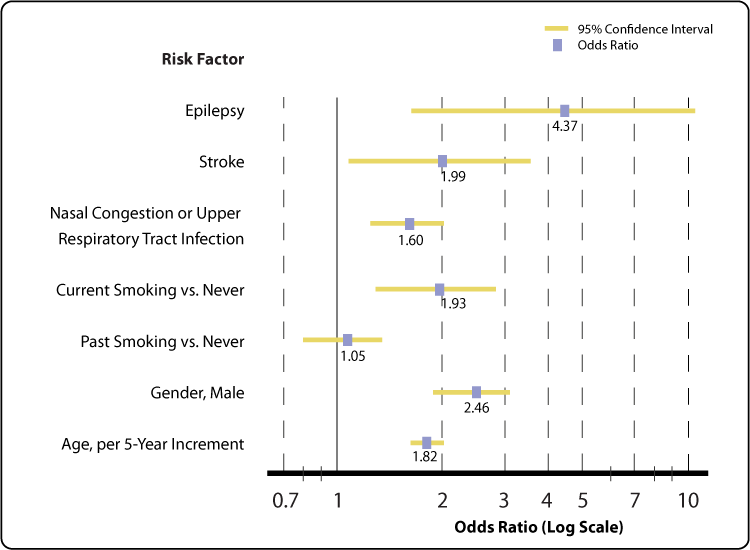



Selected Risk Factors For Smell Impairment Nidcd




Statquest Odds Ratios And Log Odds Ratios Clearly Explained Youtube



Odds Vs Risk Vantage Research



Relative Risk Ratios And Odds Ratios
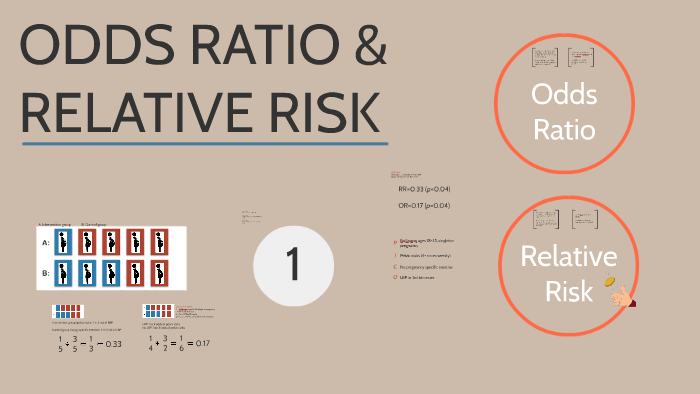



Odds Ratio Relative Risk By Susi Delaney
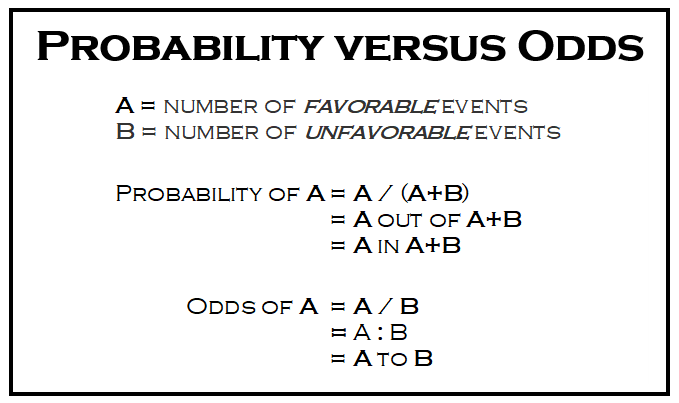



What Are The Odds Stats With Cats Blog




Statistics In Medicine Calculating Confidence Intervals For Relative Risks Odds Ratios And Standardised Ratios And Rates The Bmj




Rr Interpretation Http Www Slideshare Net Terryshaneyfelt7 What Does An Odds Ratio Or Relative Risk Mean Statistics Math Research Methods Nursing Research



Introduction To Genetic Epidemiology Lesson 5 Analyzing The Data




Medical Statistics Ix Bias Relative Risk And Odds Ratio




Risks Of And Risk Factors For Covid 19 Disease In People With Diabetes A Cohort Study Of The Total Population Of Scotland The Lancet Diabetes Endocrinology
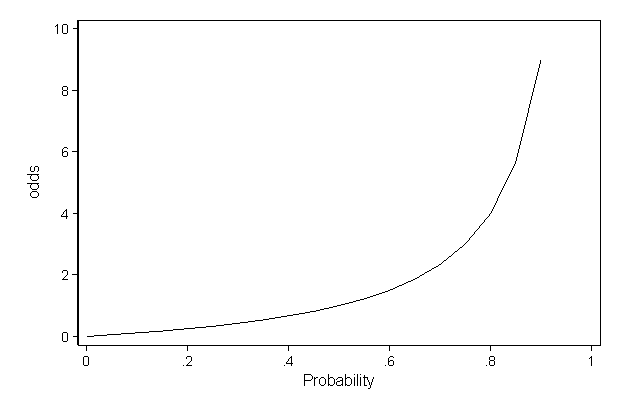



Faq How Do I Interpret Odds Ratios In Logistic Regression




Forest Plot Showing Relative Statistics Of Odds Ratio A And B Or Download Scientific Diagram




What Is An Odds Ratio And How Do I Interpret It Critical Appraisal



Http Www Floppybunny Org Robin Web Virtualclassroom Stats Basics Part13 Risks Rates Odds Pdf




Cureus What S The Risk Differentiating Risk Ratios Odds Ratios And Hazard Ratios



Risk Of Death By Age And Sex
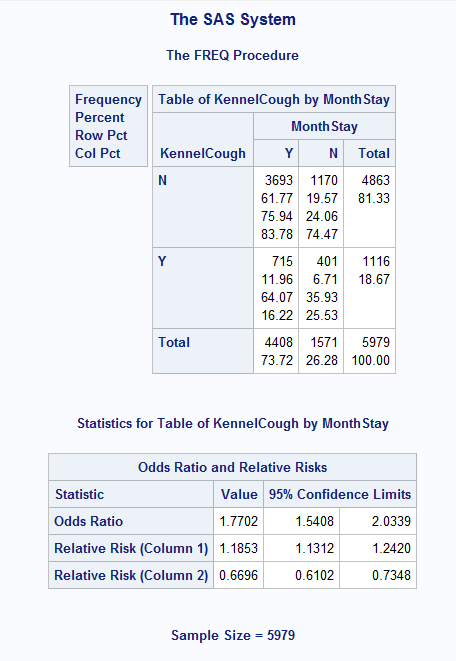



Different Odds Ratio From Proc Freq Proc Logisti Sas Support Communities




Odds Ratio Relative Risk Risk Difference Statistics Tutorial 30 Marinstatslectures Youtube Study Skills Statistics Tutorial




Chapter 6 Choosing Effect Measures And Computing Estimates Of Effect Cochrane Training
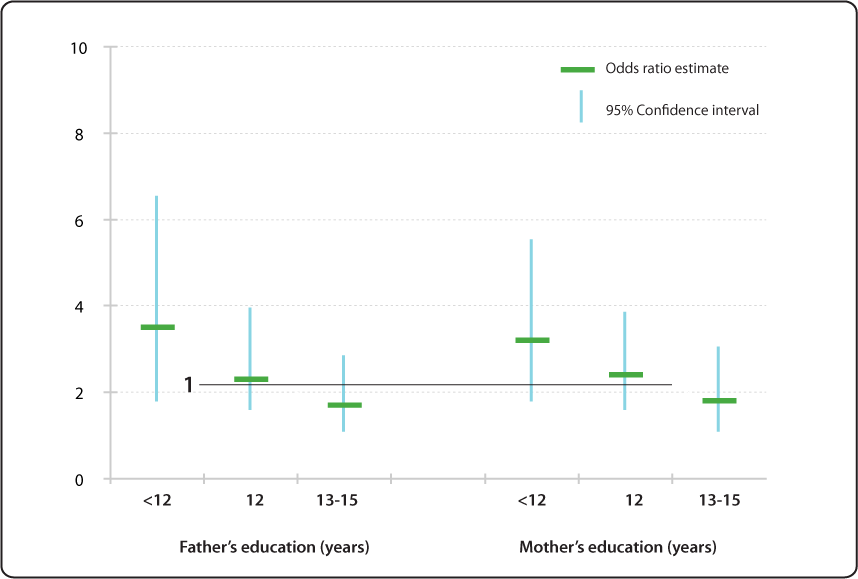



Relative Risk Odds Ratio Estimate With 95 Confidence Intervals Of Children Having Specific Language Impairment Sli By Parent S Level Of Education Reference College Graduate Or More Education 16 Years Nidcd




Statistics Part 13 Measuring Association Between Categorical Data Relative Risk Odds Ratio Attributable Risk Logistic Regression Data Lab Bangladesh




Spss Video 10 Obtaining Odds Ratio Relative Risk In Spss Youtube




The Difference Between Relative Risk And Odds Ratios The Analysis Factor
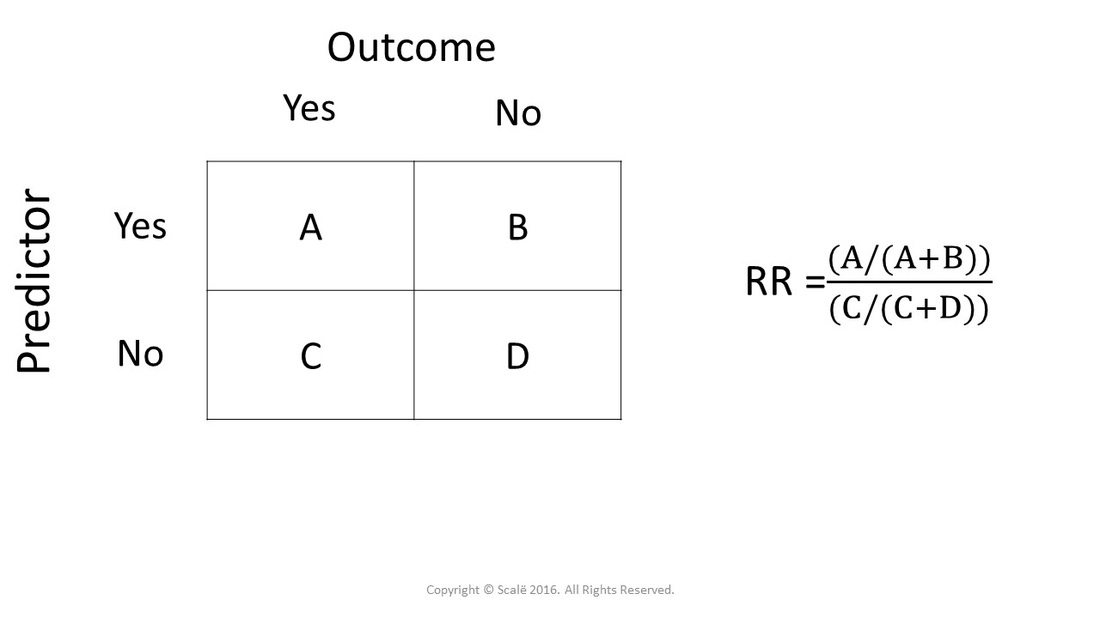



Calculate Relative Risk With 95 Confidence Intervals




How To Calculate Odds Ratio And Relative Risk In Excel Statology
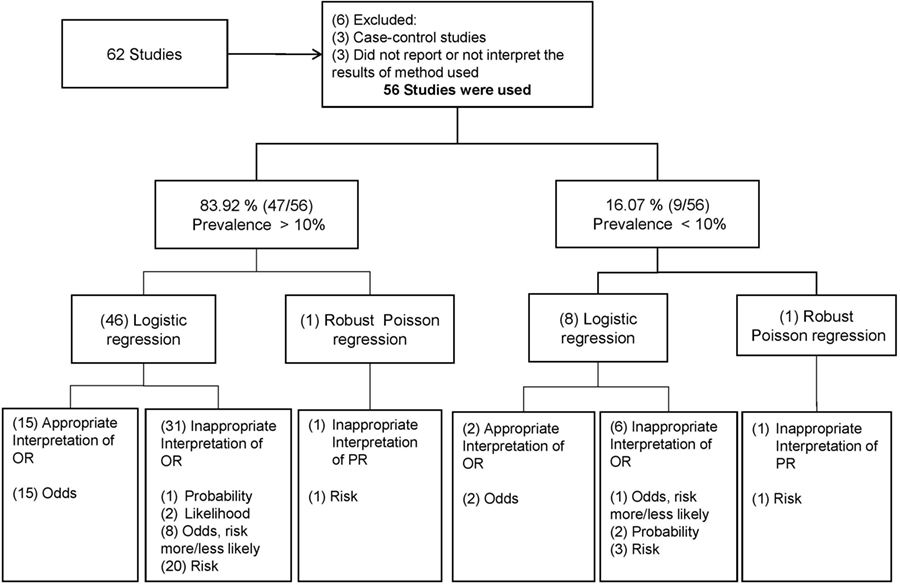



Frontiers Odds Ratio Or Prevalence Ratio An Overview Of Reported Statistical Methods And Appropriateness Of Interpretations In Cross Sectional Studies With Dichotomous Outcomes In Veterinary Medicine Veterinary Science




Definition And Calculation Of Odds Ratio Relative Risk Stomp On Step1
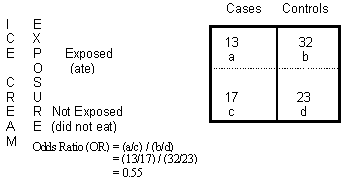



Odds Ratio Calculation And Interpretation Statistics How To



Q Tbn And9gctxz8owky Sul84xtk4ggzacxwhkmhguhlxwyjj9avufagdrhwm Usqp Cau



Research Statistics Basics Learnpicu




Calculate Relative Risk With 95 Confidence Intervals




Cureus What S The Risk Differentiating Risk Ratios Odds Ratios And Hazard Ratios



College Statistics Sas Interpretation Relative Risk Odds Ratio Homeworkhelp



Core Ac Uk Download Pdf Pdf
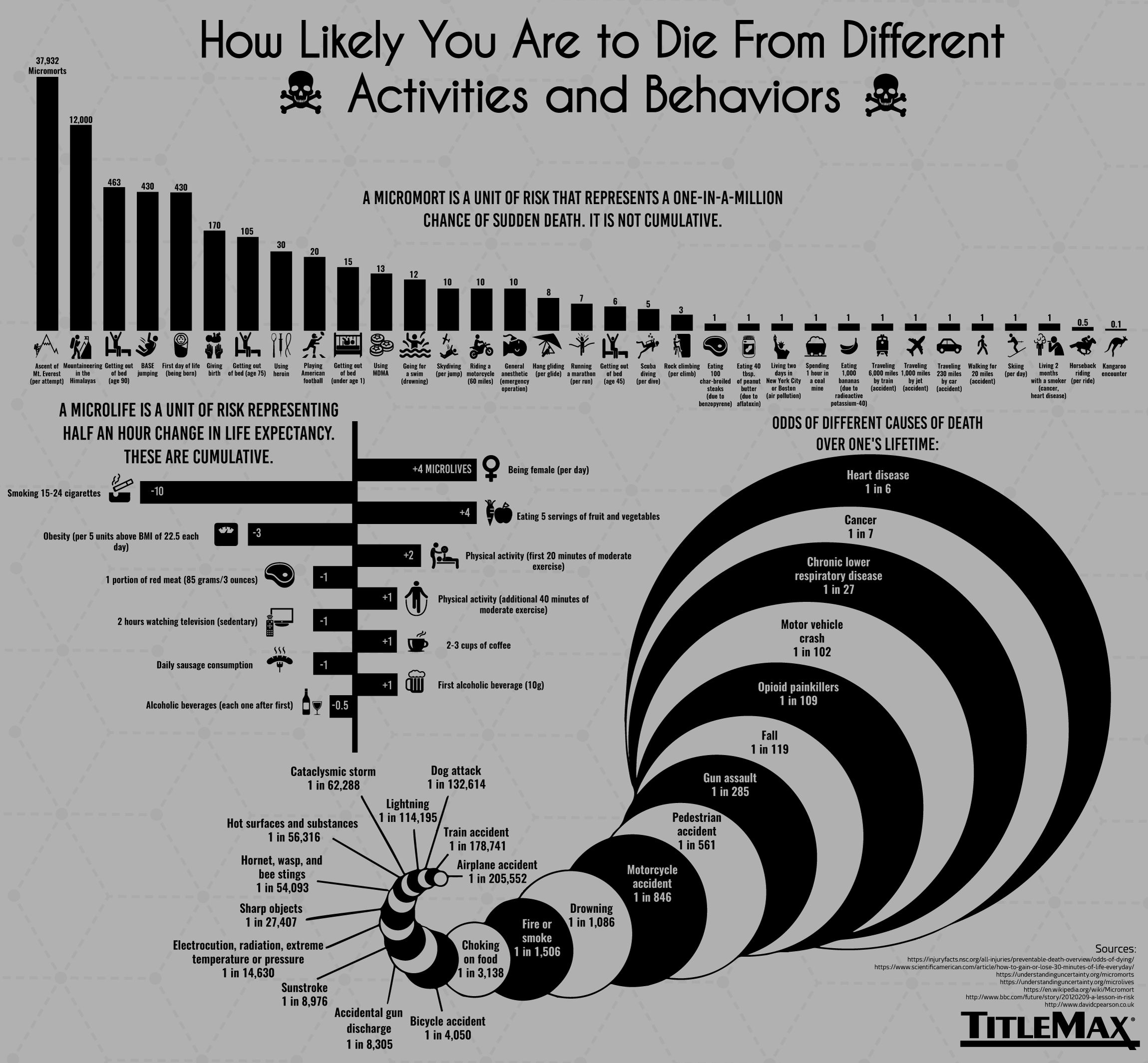



How Likely You Are To Die From Different Activities And Behaviors Infographic Article




Interpreting Odds Ratio Senguptas Research Academy
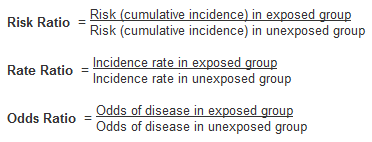



Numerators Denominators And Populations At Risk Health Knowledge
:max_bytes(150000):strip_icc()/dotdash_Final_The_Math_Behind_Betting_Odds_and_Gambling_Nov_2020-01-735accb453c8424b9e063c2c14e4edf4.jpg)



The Math Behind Betting Odds Gambling
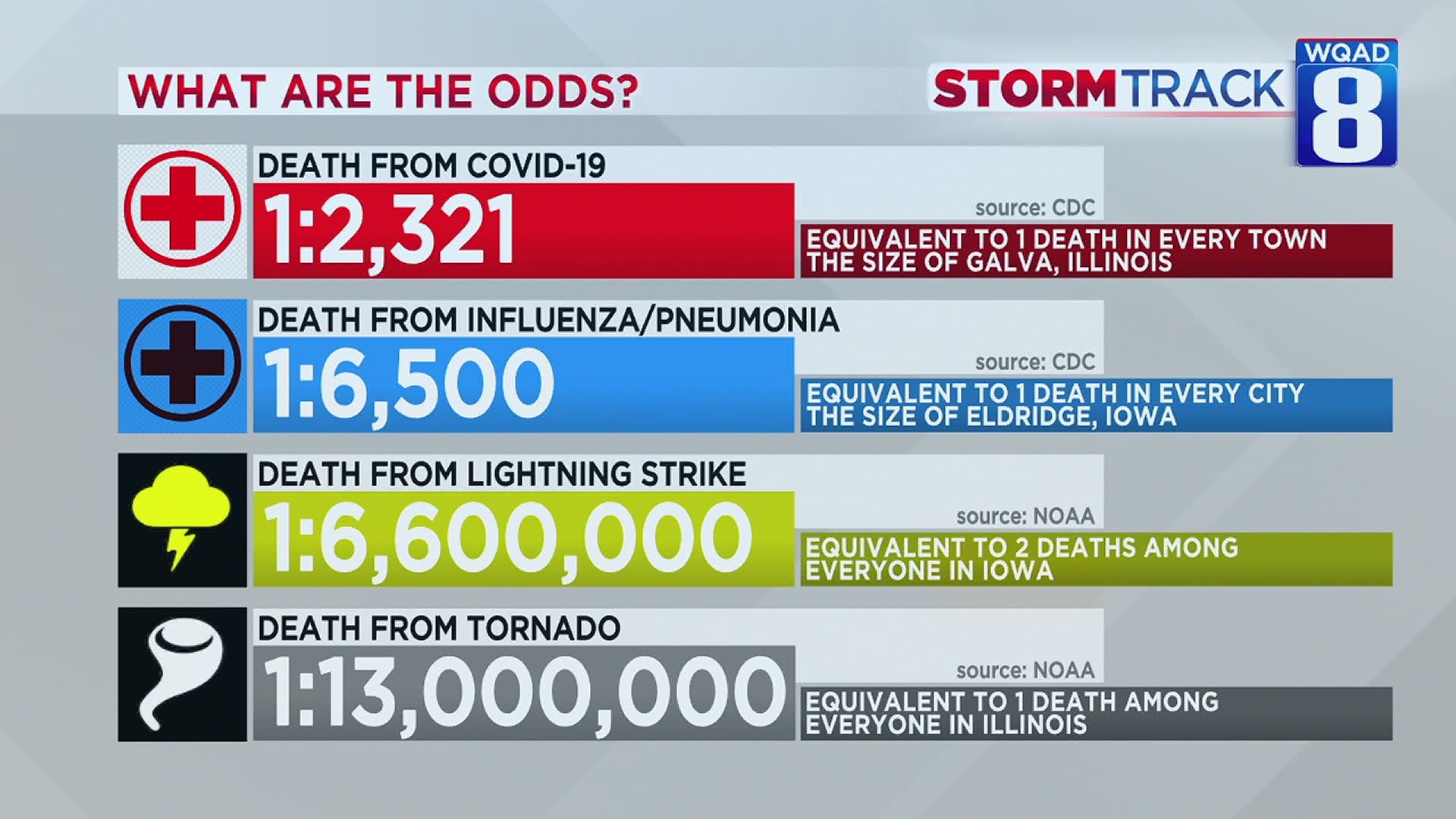



What Are The Odds Of Dying From Covid 19 Vs Lightning Wqad Com



Definition And Calculation Of Odds Ratio Relative Risk Stomp On Step1




Odds Ratio Wikipedia




Relative Risk Vs Odds Ratio Extensive Video Youtube
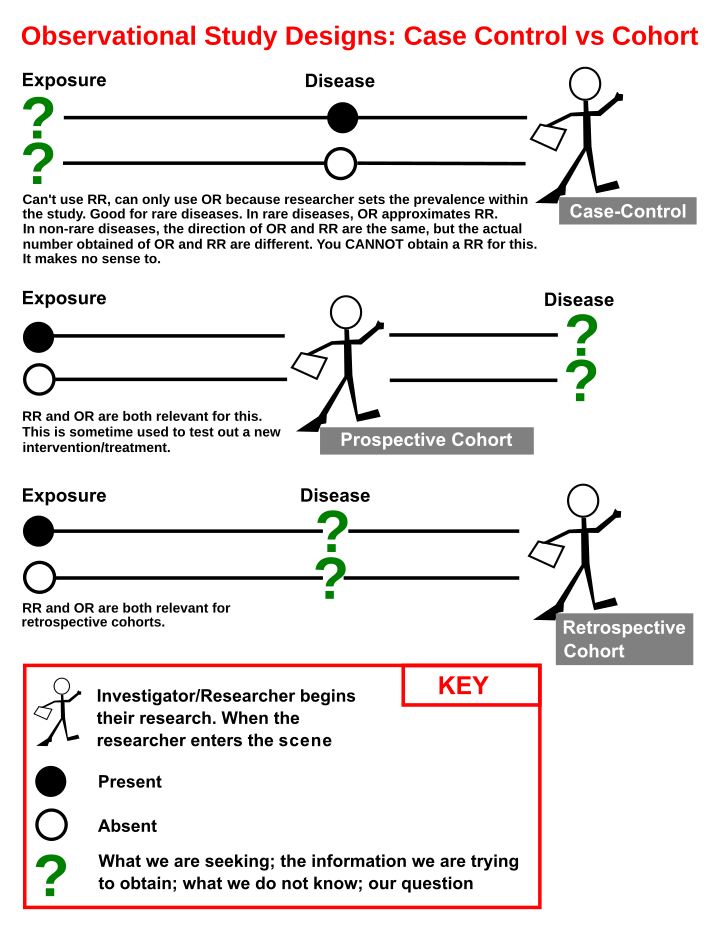



Cohort Statistics Wikiwand



Q Tbn And9gctxz8owky Sul84xtk4ggzacxwhkmhguhlxwyjj9avufagdrhwm Usqp Cau
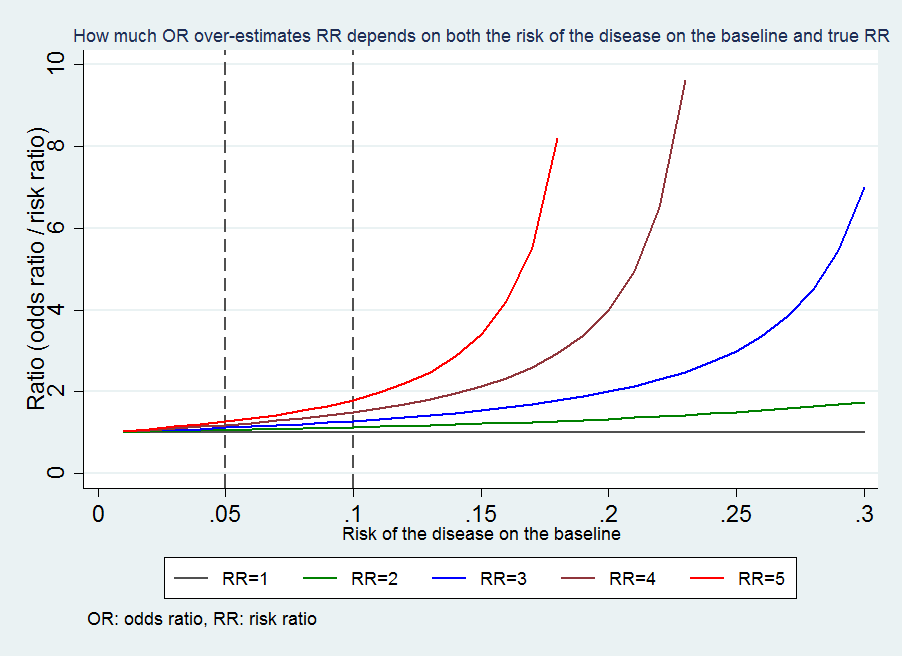



Medical Statistics And Data Science Statistics




What Is An Odds Ratio And How Do I Interpret It Critical Appraisal




Frontiers Odds Ratio Or Prevalence Ratio An Overview Of Reported Statistical Methods And Appropriateness Of Interpretations In Cross Sectional Studies With Dichotomous Outcomes In Veterinary Medicine Veterinary Science
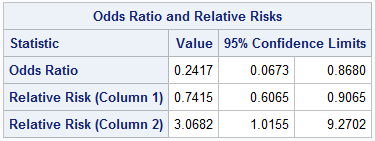



Statistics Basics Odds Ratio And Relative Risk Calculation In Excel Bi Practice




Attributable Risk And Odds Ratio Online Medical Library



Risk Of Death By Age And Sex




Odds Ratio Relative Risk Risk Difference Statistics Tutorial 30 Marinstatslectures Youtube



Absolute Risk Vs Relative Risk Vs Odds Ratio Pp Made Easy In Population Perspective Made Easy On Vimeo




Relative Risk Odds Ratios Youtube



Introduction To Genetic Epidemiology Lesson 5 Analyzing The Data




Risk Differences And Rate Differences



Ctspedia Ctspedia Oddsrisk



Absolute Risk Vs Relative Risk Vs Odds Ratio Pp Made Easy In Population Perspective Made Easy On Vimeo




Against All Odds How To Visualise Odds Ratios To Non Expert Audiences Henry Lau




Definition And Calculation Of Odds Ratio Relative Risk Stomp On Step1



1
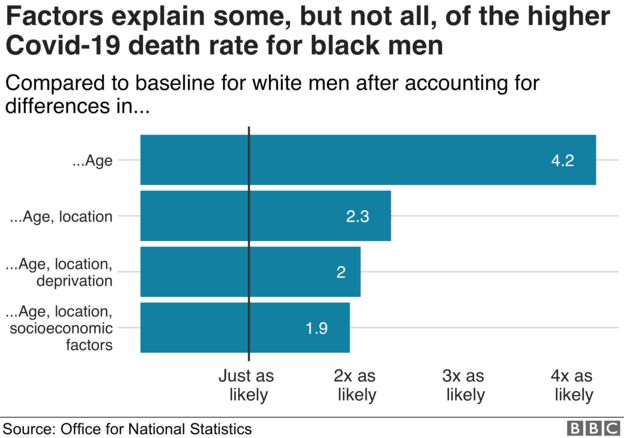



Against All Odds How To Visualise Odds Ratios To Non Expert Audiences Henry Lau




When Can Odds Ratios Mislead The Bmj




Solved Look At Slide 25 In The Descriptive And Inferentia Chegg Com
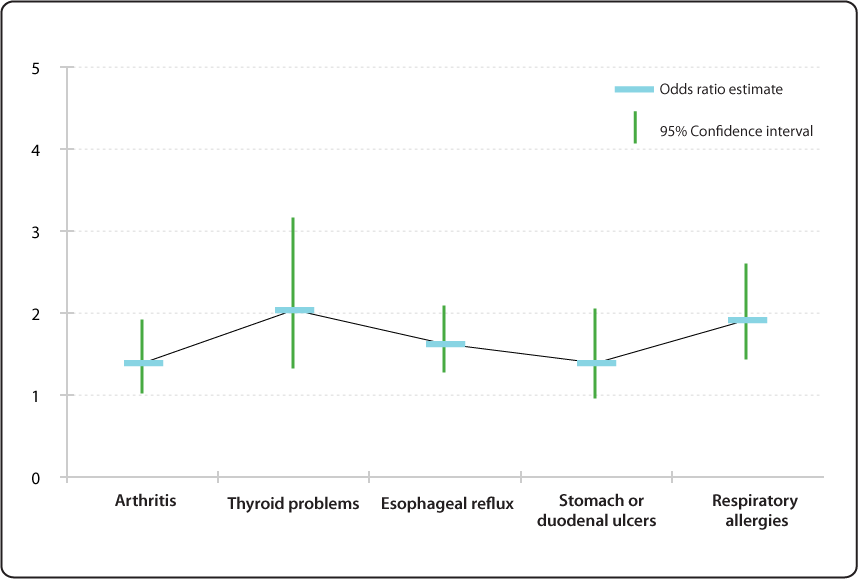



Relative Risk Odds Ratio Estimate With 95 Confidence Intervals For People To 66 Years Of Age And With Selected Conditions Ever Having Voice Problems Or Disorders Nidcd




Solved Look At Slide 25 In The Descriptive And Inferentia Chegg Com




Box 9 2 A Calculation Of Rr Or And Rd




Odds Ratio Wikipedia



Orr Objective Response Rate And Related Statistics Part 2 Odds Ratio
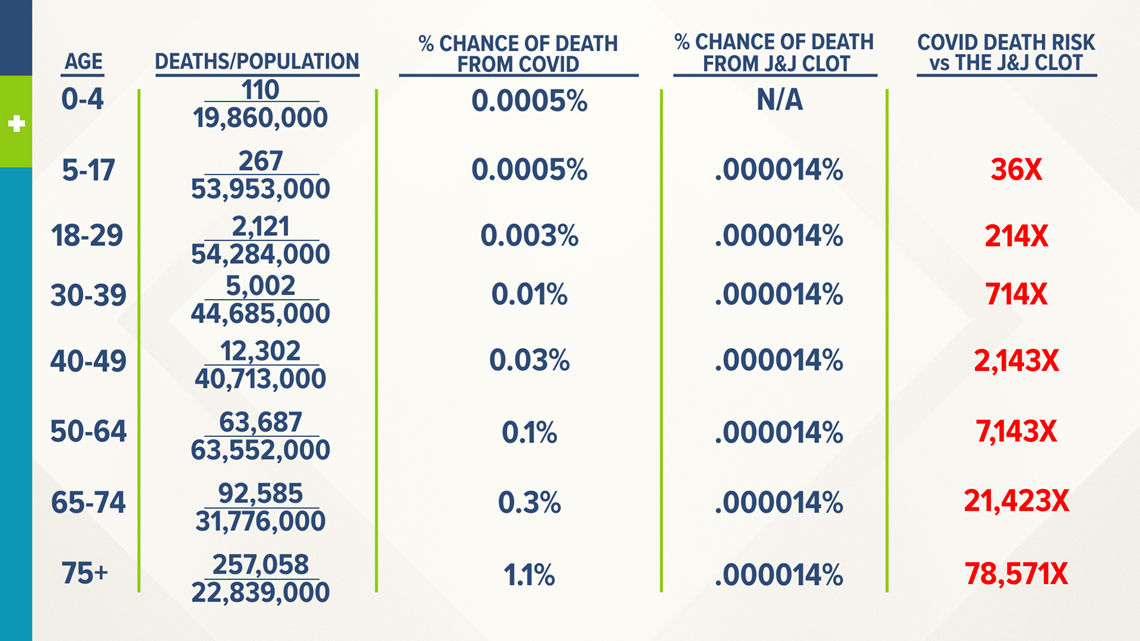



The Odds Of Dying From A J J Vaccine Related Blood Clot Vs Dying From Covid 19 Newscentermaine Com




Pdf Common Pitfalls In Statistical Analysis Odds Versus Risk
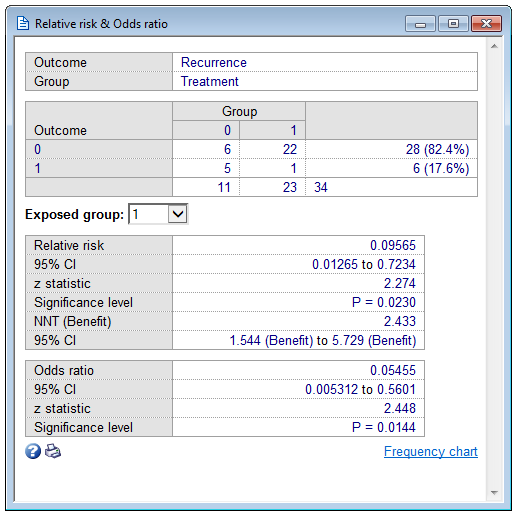



Relative Risk Odds Ratio



Absolute Risk Vs Relative Risk Vs Odds Ratio Pp Made Easy In Population Perspective Made Easy On Vimeo



0 件のコメント:
コメントを投稿